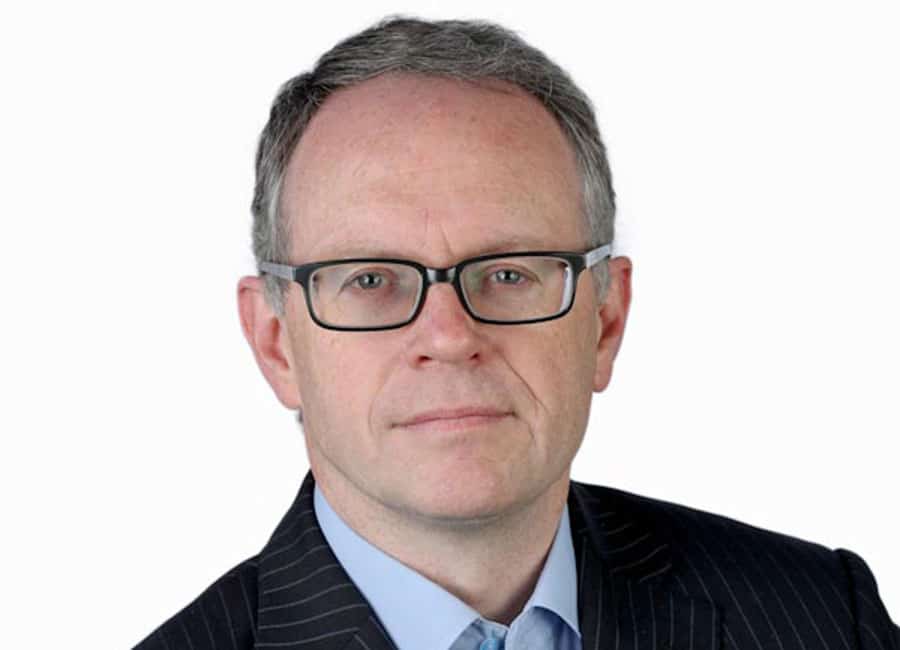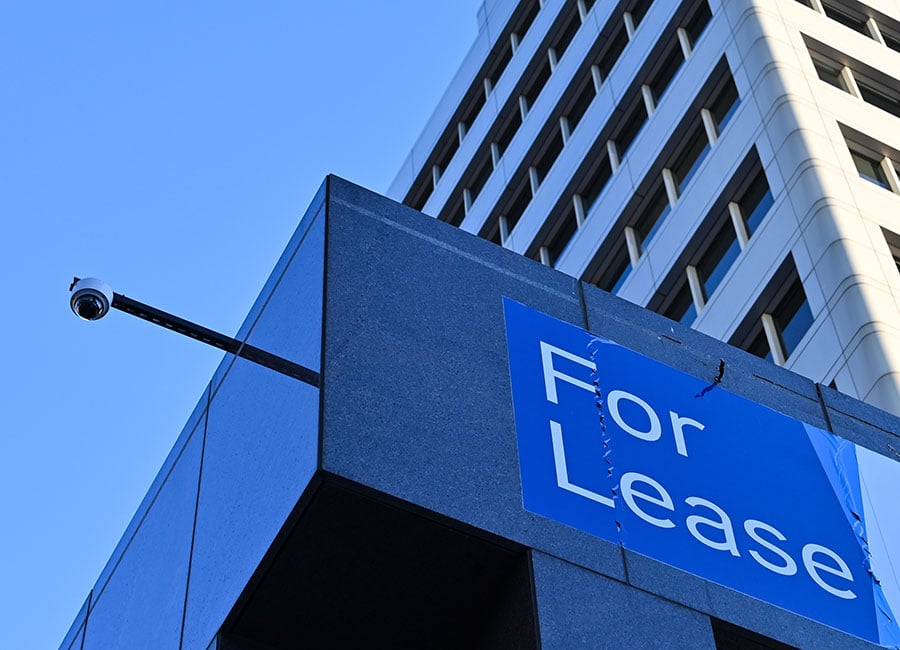The national commercial vacancy rate rose 0.4 percentage points to 13.9% last year, according to the latest GeoDirectory commercial vacancy rates report, prepared by EY Ireland, the highest level of commercial vacancy recorded since the quarterly report began in 2013.
There were some 29,320 commercial units vacant at the end of 2021, and vacancies increased in 15 of the Republic's 26 counties in the year to the end of the fourth quarter, with the highest rates seen in the west of Ireland, spiking in Sligo (20%), Leitrim and Roscommon (both 17.1%).
Meath was the county with the lowest vacancy rate in the state at 10.2%, ahead of Wicklow (10.4%) and Kerry (11.3%), while Dublin saw a one percentage point increase in vacancy to 12.9%, the second largest annual increase after Laois, up 1.1 percentage points to 14.2%, showing a clear divide in terms of commercial activity on the eastern and western coasts.
At a more granular level, Ballybofey, Co Donegal had the highest commercial vacancy rate at 30%, followed by Edenderry, Co Offaly (27.7%), Edgeworthstown, Co Longford (26.3%), Kilrush, Co Clare (26.2%) and Roscommon town (24.2%).
At the other end of the scale, Gorey, Co Wexford had the lowest proportion of commercial vacancies (7.8%), just ahead of Greystones, Co Wicklow (7.9%) and Carrigaline, Co Cork (8.5%).
In the capital, Dublin 2 recorded the largest annual increase in vacancy with a 3.1 percentage point increase year-on-year to 16.8%, the highest rate among Dublin postcodes, while Dublin 16 (Ballyboden, Dundrum, Rathfarnham) had the lowest rate at 6.8%. A total of 16 postal districts have recorded an increase in their vacancy rates since Q4 2020.
Dara Keogh, CEO of GeoDirectory, said the increase in vacancies was not reflected in employment, suggesting that "Covid-19 has accelerated businesses to pivot towards enhancing their online presence and scaling-back their physical offering on main streets.

"As working from home is expected to continue beyond the pandemic, and online commerce increases in popularity, there needs to be a policy conversation around how vacant commercial properties are regenerated on our main streets for wider benefit."
The survey has also been extended to shopping centres for the first time, with a sample of more than 3,000 commercial units at 68 shopping centres analysed between 2016 and 2021.
The analysis found that the stock of units has been static for five years, but the number of vacancies rose 11.2% from 429 in 2016 to 477 in 2021.
In the year to Q4 2021, there were 556 fewer Retail and Wholesale units recorded across the country, a decrease of 1.5%, according to NACE code data, with 87.1% of the 182,243 commercial units in the country having been allocated a NACE code.
This percentage decline year-on-year was only exceeded by financial and insurance units (-1.7%), albeit with a much smaller decrease in terms of physical units, at 74. Looking specifically at the accommodation and food service sector, 22,656 units were classified under this sector in the fourth quarter.
Kerry, with 24.2% of the county’s total commercial stock in accommodation and food Service units, had the highest proportion of such units in the country, followed by Clare (20.7%), Donegal (19.3%), Leitrim (18.7%) and Mayo (17.9%).
Annette Hughes, director of EY Economic Advisory, commented that there are now almost 120,000 vacant building in Ireland when the 29,000 vacant commercial units and combined with the more than 90,000 vacant residential units identified in EY's residential building report in January.
(Pic: Getty Images)








